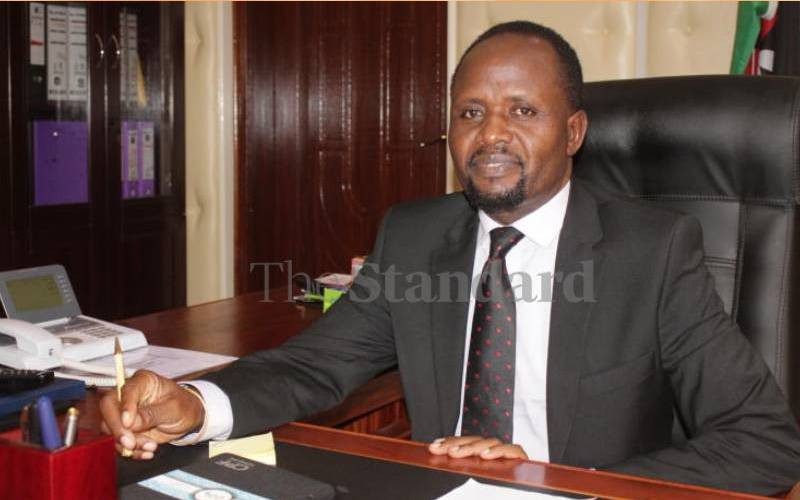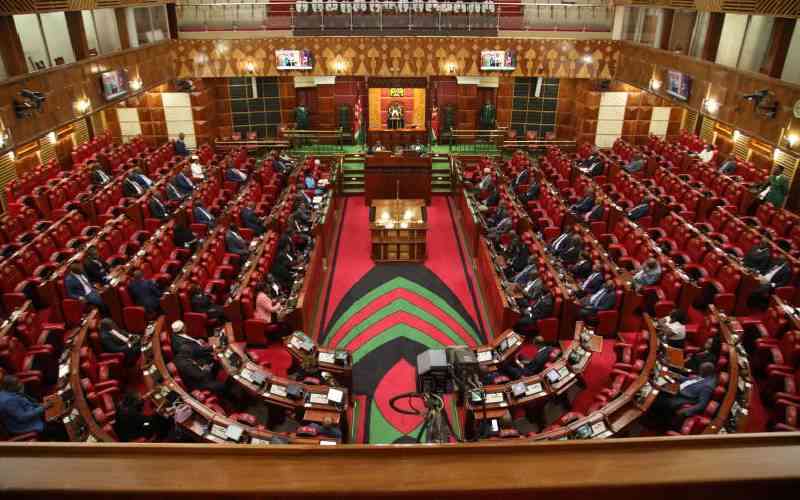Before the Europeans came to Kenya, most communities had a traditional system of education. The system’s key objective was to train individuals to fit into society. This type of education provided skills and knowledge, and was a socialising agent that transmitted cultural values from one generation to another.
But Africans resented and questioned an education system that segregated them from acquiring the academic type of education, similar to one that was offered to the European and Asian communities.
Close to independence, the colonial government retained a racial separate development in education that limited Africans from access to higher education. Amid efforts to redress stratification of colonial education that favoured Europeans and Asians, Africans set up their own independent schools that incorporated African cultural values into Christianity.
And this brought change and opening of schools and universities in the country. In 1964, Education Minister Joseph James Otiende appointed the Kenya Education Commission (1964-65), under the chairmanship of Prof Simeon Ominde. With the express mandate of restructuring the entire education spectrum, the Commission recommended the introduction of a system of education in Kenya, and English was to be used as a communication medium from Standard One.
Although vocational education was recognised as the linchpin of the 8-4-4 system of education, it was felt there was need to prolong the primary education segment to enable school-leavers at that level to be mature enough to enter into the labour market. This is a somewhat discriminatory way of selecting students to join the next level, but has helped in elevating students to university.
The third decade of independence is quite signi?cant in the development of university education in Kenya. In 1981, the then President, Daniel arap Moi had appointed the Presidential Working Party on the Second University in Kenya under the chairmanship of Prof Colin Mackay to prepare detailed plans of a new university in the country. Although the committee finished its work the same year and came up with the blueprint of a new university, it was not until 1984 that Moi University was set up.
In addition to recommending the establishment of Moi University, Mackay’s report urged the Government to elevate Kenyatta University College, which was a constituent college of the University of Nairobi into a fully-?edged university. By 1993, Kenya had four public universities - University of Nairobi, Moi University, Kenyatta University and Egerton University. There were also two university colleges, Jomo Kenyatta University College of Agriculture and Technology, a constituent college of Kenyatta and Maseno University College, a constituent college of Moi.
Today however, Kenya’s education system is failing because teaching seems to encourage the student to excel in primary and secondary school exams all the way to university level. This has greatly undermined the meaning and quality of education in the country.
Needleless to say, many universities have been set up with or without the credential from the Commission for University Education (CUE).
CUE was established under the Universities Act, No 42 of 2012, as the successor to the Commission for Higher Education. It is the Government agency mandated to regulate university education in Kenya.
The cost of university education is expensive and parents and students have lost billions of shillings investing in inferior institutions.
Recently, the commission acknowledged that there are quite number of universities offering courses without the required standards.
For better leadership and better living, the Ministry of Education should champion for quality and a better system of education.
Stay informed. Subscribe to our newsletter
 The Standard Group Plc is a
multi-media organization with investments in media platforms spanning newspaper
print operations, television, radio broadcasting, digital and online services. The
Standard Group is recognized as a leading multi-media house in Kenya with a key
influence in matters of national and international interest.
The Standard Group Plc is a
multi-media organization with investments in media platforms spanning newspaper
print operations, television, radio broadcasting, digital and online services. The
Standard Group is recognized as a leading multi-media house in Kenya with a key
influence in matters of national and international interest.
 The Standard Group Plc is a
multi-media organization with investments in media platforms spanning newspaper
print operations, television, radio broadcasting, digital and online services. The
Standard Group is recognized as a leading multi-media house in Kenya with a key
influence in matters of national and international interest.
The Standard Group Plc is a
multi-media organization with investments in media platforms spanning newspaper
print operations, television, radio broadcasting, digital and online services. The
Standard Group is recognized as a leading multi-media house in Kenya with a key
influence in matters of national and international interest.








